评语:出色的相机和人工智能聚焦功能
在测试过程中,Honor 400 准确的 OLED 显示屏给我们留下了深刻印象,不仅亮度超高,而且还提供了一些护眼功能。这款手机的骁龙 SoC 系统提供了良好的日常性能,但并没有留下太多的余地,尤其是考虑到它已经更新了六年。即便如此,两款可用的存储空间还是很大,是一个明显的加分项。
Honor 400 型配备了众多人工智能功能。第一个独有的功能是图片视频转换功能,其效果令人印象深刻。此外,这款智能手机还支持 eSIM 卡、红外爆破器、快速充电和良好的电池续航能力。遗憾的是,它不防水,也不支持无线充电。
Pros
Cons
价格和供应情况
目前,Honor 400 还未在美国发售。
Honor 对其 Numbers 系列的设计进行了重大革新,采用了 华为 Pura 70 Ultra.它的 SoC 与前代产品相比没有变化,即 Honor 200,但其显示屏更小,电池容量更大,Honor ,并取消了变焦镜头。此外,它还拥有独家 AI 功能和超长软件支持。
规格 Honor 400
外壳和连接 -Honor 400 采用玻璃和塑料材质
Honor 400 比上一代产品更加小巧,正面和背面均采用不明玻璃保护。背面为磨砂材质,相对不易留下指纹痕迹。边框由塑料制成。总之,Honor 400 拥有高品质的外观、令人印象深刻的制造质量和良好的屏占比(90%)。
遗憾的是,它的 USB 端口只提供 2.0 标准,IP 认证也不够完善,因为虽然它的防尘等级达到了 IP65,但只能防喷水,不能防浸水。不过,红外触发器还是可以用来控制自己的家庭娱乐设备或空调。
» Notebookcheck多媒体笔记本电脑Top 10排名
» Notebookcheck游戏笔记本电脑Top 10排名
» Notebookcheck低价办公/商务笔记本电脑Top 10排名
» Notebookcheck高端办公/商务笔记本电脑Top 10排名
» Notebookcheck工作站笔记本电脑Top 10排名
» Notebookcheck亚笔记本电脑Top 10排名
» Notebookcheck超级本产品Top 10排名
» Notebookcheck变形本产品Top 10排名
» Notebookcheck平板电脑Top 10排名
» Notebookcheck智能手机Top 10排名
» Notebookcheck评测过最出色的笔记本电脑屏幕
» Notebookcheck售价500欧元以下笔记本电脑Top 10排名
» Notebookcheck售价300欧元以下笔记本电脑Top 10排名
通信和操作 - 支持 5G 和 eSIM 的Honor 智能手机
Honor 400 使用 Wi-Fi 6 无线访问网络,但不支持 6 GHz。结合我们的参考路由器华硕 ROG Rapture GT-AXE11000,其传输速率在测试期间基本稳定,达到了预期水平。
在使用蜂窝网络时,包括各种频率在内的所有现行标准均可使用。测试期间,在城市环境中接收效果良好。将手机放在耳边时,通话质量很自然,但在嘈杂的环境中,该设备的噪音抑制能力达到了极限。除了两张实体 nano SIM 卡外,用户还可以激活 eSIM 卡来代替第二张 SIM 卡。
位于手机显示屏下方的光学指纹传感器可用于生物识别安全,还可通过前置摄像头进行面部识别。线性振动电机可提供微妙的触觉反馈,但无法在设备设置中进行调整。
| Networking | |
| Honor 400 | |
| iperf3 transmit AXE11000 | |
| iperf3 receive AXE11000 | |
| Google Pixel 9a | |
| iperf3 receive AXE11000 | |
| iperf3 receive AXE11000 | |
| iperf3 transmit AXE11000 6GHz | |
| iperf3 receive AXE11000 6GHz | |
| Samsung Galaxy A56 5G | |
| iperf3 transmit AXE11000 | |
| iperf3 receive AXE11000 | |
| Motorola Edge 50 Pro | |
| iperf3 transmit AXE11000 6GHz | |
| iperf3 receive AXE11000 6GHz | |
| Average 802.11 a/b/g/n/ac/ax | |
| iperf3 transmit AXE11000 | |
| iperf3 receive AXE11000 | |
| iperf3 transmit AXE11000 6GHz | |
| iperf3 receive AXE11000 6GHz | |
| Average of class Smartphone | |
| iperf3 transmit AXE11000 | |
| iperf3 receive AXE11000 | |
| iperf3 transmit AXE11000 6GHz | |
| iperf3 receive AXE11000 6GHz | |
软件和可持续性 -Honor 400 可将照片制作成视频
Honor 400 预装了 GoogleAndroid 15 和 MagicOS 9.0 用户界面。主要更新和安全补丁都将在六年内(自上市起)提供。
在人工智能功能方面,Honor 400 搭载了一项特殊功能:它可以将照片变成动态小视频,并为照片注入生命力。该功能基于谷歌的 Veo 2,在日常使用中效果良好。
Honor Honor 没有提供任何有关其智能手机可持续性的准确信息,也不提供备件或维修服务。它也没有为客户提供备件或维修说明。
摄像头 - 200 万像素,但不再具有光学变焦功能
手机的前置摄像头分辨率为 50MPix,采用像素二进制技术。自拍效果不错,图像构图均衡,给人留下深刻印象。
Honor 取消了前代机型的光学变焦功能。取而代之的是对 20000 万像素的高分辨率传感器进行了裁剪,同时保留了四倍放大时的良好画质。我们使用Honor 400 拍摄的照片在其他方面也很出色,尽管在测试过程中自动对焦并不总是一次就能成功。
Honor 此外,它还为用户提供了一个超广角镜头,效果不错,但照片边缘有些模糊,而且缺乏一些动态范围。另一方面,集成的微距功能非常实用。
视频最多只能以超高清(30fps)格式录制。如果要使用 60fps,则只能使用全高清或 720p。
Image comparison
Choose a scene and navigate within the first image. One click changes the position on touchscreens. One click on the zoomed-in image opens the original in a new window. The first image shows the scaled photograph of the test device.
Main cameraMain cameraUltra-wide angle5x zoomLow light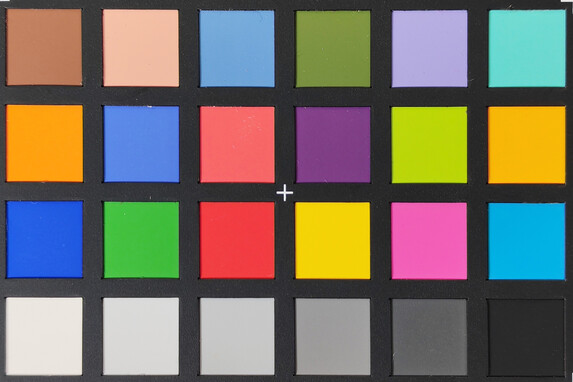

显示屏 -Honor 400 内部的超亮显示屏
| |||||||||||||||||||||||||
Brightness Distribution: 96 %
Center on Battery: 1605 cd/m²
Contrast: ∞:1 (Black: 0 cd/m²)
ΔE ColorChecker Calman: 0.7 | ∀{0.5-29.43 Ø4.79}
ΔE Greyscale Calman: 1.1 | ∀{0.09-98 Ø5}
99.3% sRGB (Calman 2D)
Gamma: 2.24
CCT: 6422 K
| Honor 400 OLED, 2736x1264, 6.6" | Google Pixel 9a pOLED, 2424x1080, 6.3" | Samsung Galaxy A56 5G Super AMOLED, 2340x1080, 6.7" | Motorola Edge 50 Pro P-OLED, 2712x1220, 6.7" | |
|---|---|---|---|---|
| Screen | -41% | -71% | -49% | |
| Brightness middle (cd/m²) | 1605 | 1978 23% | 1184 -26% | 1064 -34% |
| Brightness (cd/m²) | 1607 | 1775 10% | 1179 -27% | 1038 -35% |
| Brightness Distribution (%) | 96 | 76 -21% | 99 3% | 88 -8% |
| Black Level * (cd/m²) | ||||
| Colorchecker dE 2000 * | 0.7 | 1.1 -57% | 1.7 -143% | 1.17 -67% |
| Colorchecker dE 2000 max. * | 1.5 | 3 -100% | 3.2 -113% | 2.47 -65% |
| Greyscale dE 2000 * | 1.1 | 2.2 -100% | 2.4 -118% | 2 -82% |
| Gamma | 2.24 98% | 2.22 99% | 2.12 104% | 2.238 98% |
| CCT | 6422 101% | 6622 98% | 6544 99% | 6423 101% |
* ... smaller is better
| Display / APL18 Peak Brightness | |
| Google Pixel 9a | |
| Samsung Galaxy A56 5G | |
| Honor 400 | |
| Display / HDR Peak Brightness | |
| Honor 400 | |
| Google Pixel 9a | |
| Samsung Galaxy A56 5G | |
Screen Flickering / PWM (Pulse-Width Modulation)
| Screen flickering / PWM detected | 60 Hz Amplitude: 16.26 % Secondary Frequency: 3847 Hz | ||
The display backlight flickers at 60 Hz (worst case, e.g., utilizing PWM) . The frequency of 60 Hz is very low, so the flickering may cause eyestrain and headaches after extended use. In comparison: 53 % of all tested devices do not use PWM to dim the display. If PWM was detected, an average of 8152 (minimum: 5 - maximum: 343500) Hz was measured. | |||
固定缩放级别和不同亮度设置下的测量系列(最低亮度下的振幅曲线看起来很平,但这是缩放造成的。信息框显示的是最小亮度下的振幅放大图)。
Display Response Times
| ↔ Response Time Black to White | ||
|---|---|---|
| 0.96 ms ... rise ↗ and fall ↘ combined | ↗ 0.475 ms rise | |
| ↘ 0.481 ms fall | ||
| The screen shows very fast response rates in our tests and should be very well suited for fast-paced gaming. In comparison, all tested devices range from 0.1 (minimum) to 240 (maximum) ms. » 3 % of all devices are better. This means that the measured response time is better than the average of all tested devices (20.3 ms). | ||
| ↔ Response Time 50% Grey to 80% Grey | ||
| 1 ms ... rise ↗ and fall ↘ combined | ↗ 0.466 ms rise | |
| ↘ 0.5295 ms fall | ||
| The screen shows very fast response rates in our tests and should be very well suited for fast-paced gaming. In comparison, all tested devices range from 0.165 (minimum) to 636 (maximum) ms. » 3 % of all devices are better. This means that the measured response time is better than the average of all tested devices (31.7 ms). | ||
性能、排放和电池寿命
骁龙 7 代 3 骁龙 7 代 3骁龙 7 代 3 可确保良好的系统性能,但该价位的竞争对手一般都采用了更强大的 SoC。这一点在运行要求更高的应用程序或后台更新应用程序时尤为明显。
只有在图形性能方面,比较领域几乎与该机型一致,至少根据 3DMark 压力测试,因为Honor 400 并没有扼杀其性能。虽然其表面温度明显升高,但从未达到令人不适的范围。
手机的两个扬声器能发出不错的声音,但在最大音量时感觉有些空洞,而且正如预期的那样,低音缺乏力量。
5,300 毫安时电池为Honor 400 提供了较长的续航时间。虽然不支持无线充电,但使用可选的 66 瓦电源适配器,充满电只需不到一个小时,不到 17 分钟就能充满 50%的电量。
(±) The maximum temperature on the upper side is 44.7 °C / 112 F, compared to the average of 35.2 °C / 95 F, ranging from 21.9 to 247 °C for the class Smartphone.
(±) The bottom heats up to a maximum of 43.4 °C / 110 F, compared to the average of 34 °C / 93 F
(+) In idle usage, the average temperature for the upper side is 29.2 °C / 85 F, compared to the device average of 32.9 °C / 91 F.
3DMark Steel Nomad stress test
| 3DMark | |
| Wild Life Stress Test Stability | |
| Honor 400 | |
| Samsung Galaxy A56 5G | |
| Motorola Edge 50 Pro | |
| Google Pixel 9a | |
| Steel Nomad Light Stress Test Stability | |
| Honor 400 | |
| Samsung Galaxy A56 5G | |
| Google Pixel 9a | |
Honor 400 audio analysis
(+) | speakers can play relatively loud (88 dB)
Bass 100 - 315 Hz
(-) | nearly no bass - on average 23.5% lower than median
(±) | linearity of bass is average (11.8% delta to prev. frequency)
Mids 400 - 2000 Hz
(+) | balanced mids - only 4.3% away from median
(+) | mids are linear (5.9% delta to prev. frequency)
Highs 2 - 16 kHz
(±) | higher highs - on average 6.3% higher than median
(+) | highs are linear (4.5% delta to prev. frequency)
Overall 100 - 16.000 Hz
(±) | linearity of overall sound is average (17.6% difference to median)
Compared to same class
» 13% of all tested devices in this class were better, 8% similar, 79% worse
» The best had a delta of 11%, average was 35%, worst was 134%
Compared to all devices tested
» 33% of all tested devices were better, 8% similar, 59% worse
» The best had a delta of 4%, average was 24%, worst was 134%
Samsung Galaxy A56 5G audio analysis
(+) | speakers can play relatively loud (87.7 dB)
Bass 100 - 315 Hz
(-) | nearly no bass - on average 22.3% lower than median
(±) | linearity of bass is average (8.1% delta to prev. frequency)
Mids 400 - 2000 Hz
(±) | higher mids - on average 5.1% higher than median
(+) | mids are linear (5.8% delta to prev. frequency)
Highs 2 - 16 kHz
(±) | higher highs - on average 8% higher than median
(+) | highs are linear (5.5% delta to prev. frequency)
Overall 100 - 16.000 Hz
(±) | linearity of overall sound is average (20.5% difference to median)
Compared to same class
» 34% of all tested devices in this class were better, 9% similar, 57% worse
» The best had a delta of 11%, average was 35%, worst was 134%
Compared to all devices tested
» 53% of all tested devices were better, 8% similar, 39% worse
» The best had a delta of 4%, average was 24%, worst was 134%
| Battery runtime - WiFi v1.3 | |
| Honor 400 | |
| Google Pixel 9a | |
| Samsung Galaxy A56 5G | |
| Motorola Edge 50 Pro | |
Notebookcheck 总评分
Honor 400 是一款功能强大的中端智能手机,其全面的综合配置可与三星和谷歌的顶级产品相抗衡。
不过,它的 IP 认证确实应该更好一些,而且该设备还缺少无线充电功能。
Honor 400
- 06/25/2025 v8
Daniel Schmidt
可能的替代品比较
Transparency
The selection of devices to be reviewed is made by our editorial team. The test sample was given to the author by the manufacturer free of charge for the purposes of review. There was no third-party influence on this review, nor did the manufacturer receive a copy of this review before publication. There was no obligation to publish this review. As an independent media company, Notebookcheck is not subjected to the authority of manufacturers, retailers or publishers.
This is how Notebookcheck is testing
Every year, Notebookcheck independently reviews hundreds of laptops and smartphones using standardized procedures to ensure that all results are comparable. We have continuously developed our test methods for around 20 years and set industry standards in the process. In our test labs, high-quality measuring equipment is utilized by experienced technicians and editors. These tests involve a multi-stage validation process. Our complex rating system is based on hundreds of well-founded measurements and benchmarks, which maintains objectivity. Further information on our test methods can be found here.











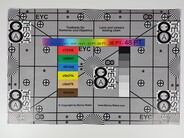

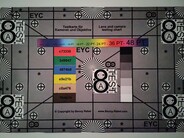
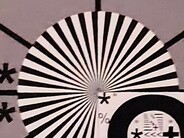
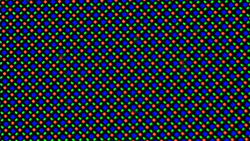
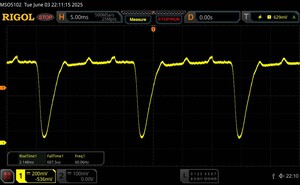





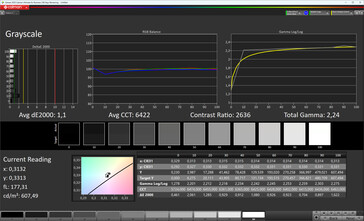
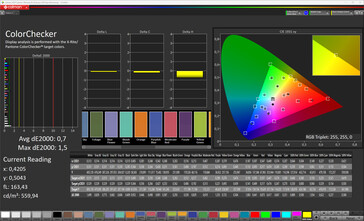
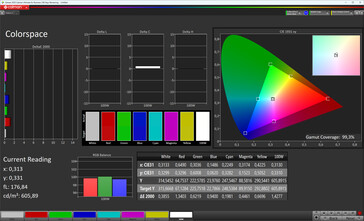
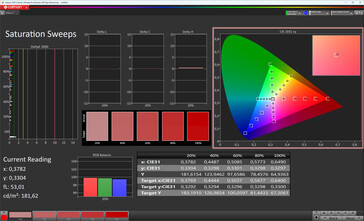
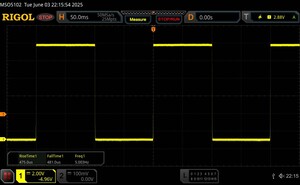
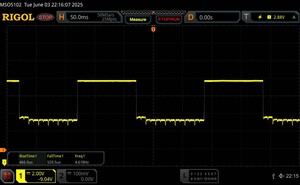
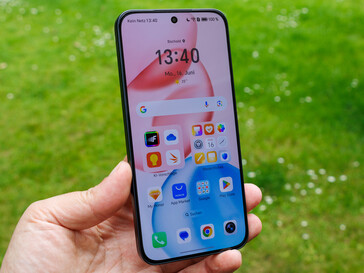

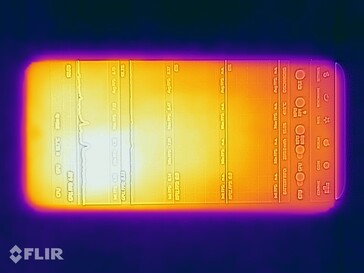
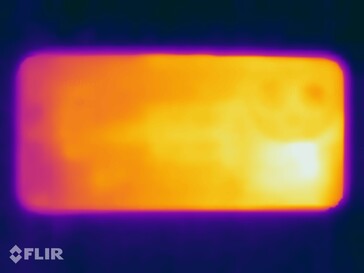
 Total Sustainability Score:
Total Sustainability Score: 








